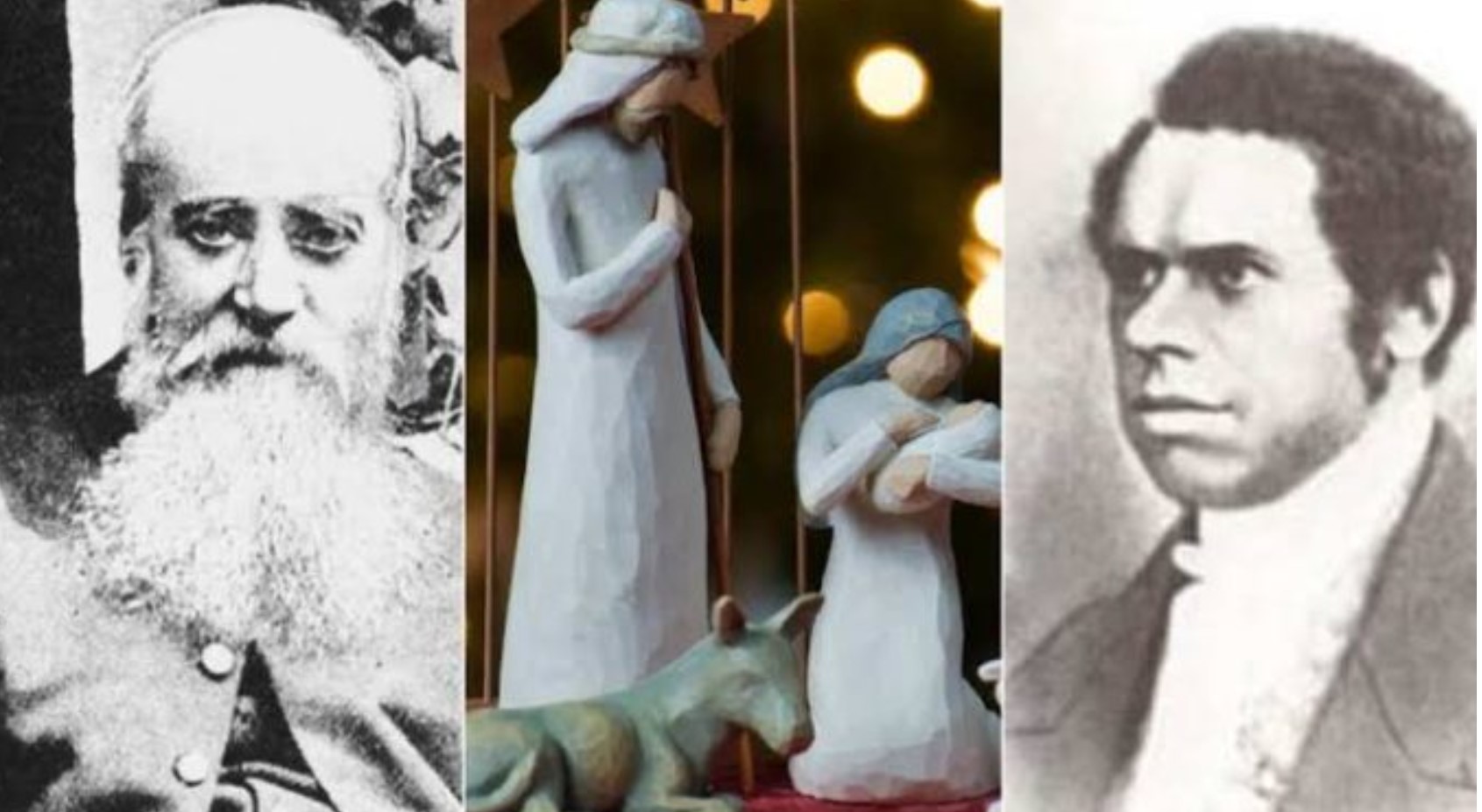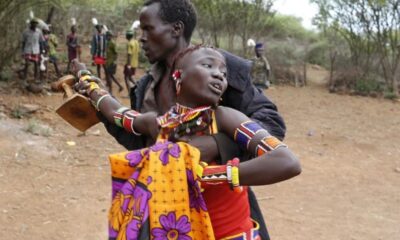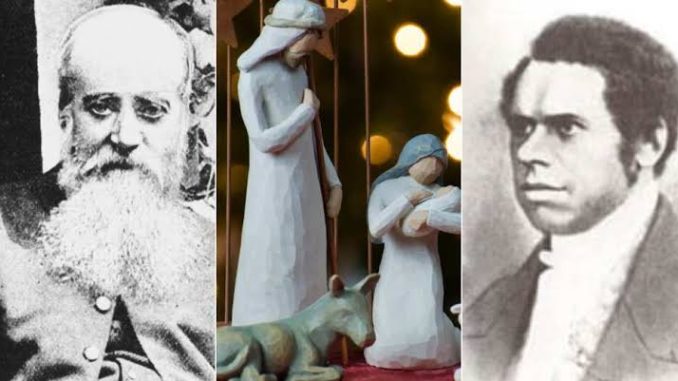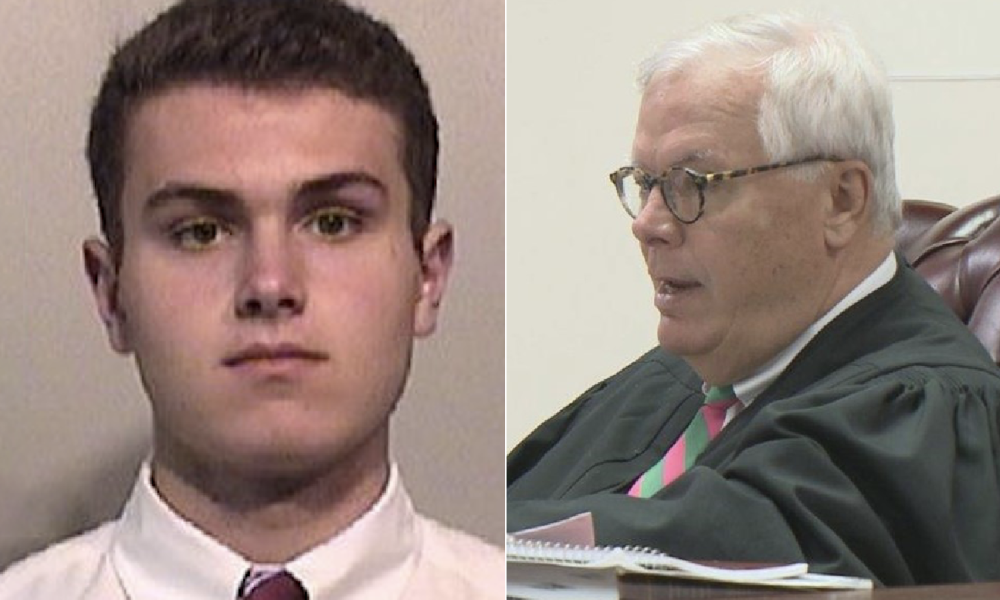METRO
See How Christianity Came Into Nigeria And How The First Christmas In Nigeria Was Celebrated In 1842

Continue Reading
METRO
Nurses got fired immediately after ‘stunning video showed what they did to a newborn’s face’!
METRO
Man who indecently assaulted 4 girls walked free when the judge explained to the victims why ‘jail isn’t appropriate’!
METRO
Police thought disabled woman is a killer, they wheeled her to the judge and ‘she said these 5 chilling words’!
-

 SPORTS9 months ago
SPORTS9 months agoOlympic Games: Pole vaulter Duplantis improves world record: 6.25 meters
-

 SPORTS10 months ago
SPORTS10 months agoBetween Spain and England, the clash of opposites at the summit of Europe
-

 SPORTS10 months ago
SPORTS10 months agoBrazilian Pivot Marcio Silva Joins Bathco BM Torrelavega for Next Season: Seventh and Final Signing
-

 METRO5 months ago
METRO5 months agoAfrican countries where you get thrown in prison for marrying a child
-

 SPORTS9 months ago
SPORTS9 months agoPanama Dominates Costa Rica 8-1 to Stay Undefeated in U18 Baseball Pre-World Cup
-

 IN-THE-NEWS10 months ago
IN-THE-NEWS10 months agoSgt. Barry Sadler’s ‘Ballad of the Green Beret’ proves to be a timeless classic
-

 IN-THE-NEWS10 months ago
IN-THE-NEWS10 months agoMen Should Not Look For Love, They Should Look For Money And Success
-

 HEALTH & LIFESTYLE5 months ago
HEALTH & LIFESTYLE5 months agoBlood cancer kills please avoid taking these things in excess




